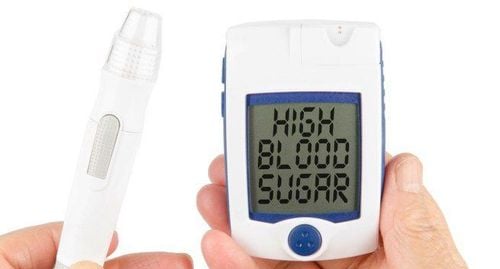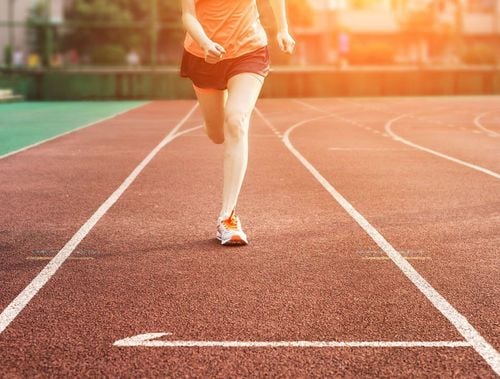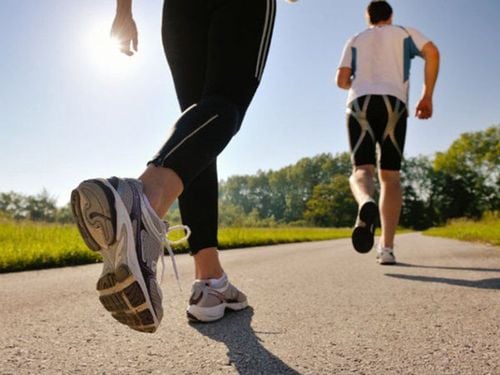This is an automatically translated article.
A healthy adult will typically choose a speed of about 2.8 miles per hour. Brisk walking is a relative term, as "fast" for some people is slow or fairly fast for others, depending on fitness level. In this article, you will learn more about the ideal pace for brisk walking, the benefits and calories burned when you walk briskly.1. What is brisk walking?
Brisk walking is an effective way for people to increase their activity levels or ease into a more active lifestyle. Unlike other forms of exercise, brisk walking is a relatively safe activity and has a lower risk of injury that comes with it being a good low-cost activity.When a person walks briskly several times a week, they can get health benefits, such as lowering blood pressure and reducing the risk of developing type 2 diabetes and disease-related problems metabolic cardiovascular.
1.1. What is brisk walking and how to measure it? Brisk walking is an example of moderate-intensity aerobic activity. The Centers for Disease Control and Prevention (CDC) defines moderate-intensity aerobic activity as any activity that causes a person to sweat and raise their heart rate to the point where they can talk but cannot sing. (according to the speaking test). As a general rule, for a person to be able to walk briskly, they need to be traveling at a maximum speed of 7.5 km/h. Experts recommend a person should aim to walk briskly every day for at least 30 minutes.
1.2. What are the health benefits of brisk walking? A person can get many health benefits from regular brisk walking or simply when they increase their level of physical activity during the day. The benefits from regular brisk walking include a reduced risk of cardiovascular disease, diabetes, and certain types of cancer, such as bladder cancer, breast cancer, and colon cancer. A 2017 report also found that brisk walking can positively impact people's health and is an accessible method to help people increase their activity levels. The authors of this report defined brisk walking as walking at a speed of at least 5 km/h. They suggest that people with certain existing health problems can get more health benefits from walking briskly for at least 10 minutes a day. They also claim that people who do less than 30 minutes of physical activity per week may find this form of exercise more accessible than other exercises.
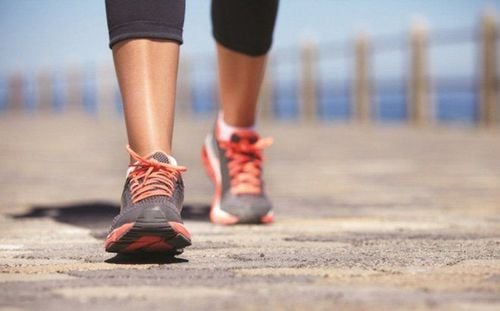
Những lợi ích từ việc đi bộ nhanh đều đặn bao gồm giảm nguy cơ mắc bệnh tim mạch, tiểu đường và một số loại ung thư
Brisk walking is also beneficial for brain health. A 2014 study concluded that a 6-month pattern of brisk outdoor walking twice weekly increased hippocampal volume in older women who were likely to have mild cognitive impairment. However, the researchers note that more studies are needed to confirm the accuracy of this conclusion.
1.3. Can brisk walking help with weight loss? According to a 2017 report, 10 minutes of brisk walking a day can help inactive or sedentary people reach a healthy weight. The report also defines "inactivity" as engaging in less than 30 minutes of moderate-intensity activity per week. However, brisk walking alone will not help with weight loss. If a person wants to lose weight, they also need to consider their daily dietary choices and calorie intake. To maintain a healthy weight, a person needs to balance the food they eat with the amount of physical activity they do each day.
1.4. Techniques for brisk walking Here are some tips for good walking form:
Start slowly to warm up and cool down by slowing down. Keep your shoulders down and relaxed while maintaining a straight and long back. Take a step-by-step walk by putting your heels down first. Gradually increase the slope of your path to increase the difficulty of the exercise. If a person's feet feel sore after a brisk walk, they can get a foot massage or soak their feet in warm water.
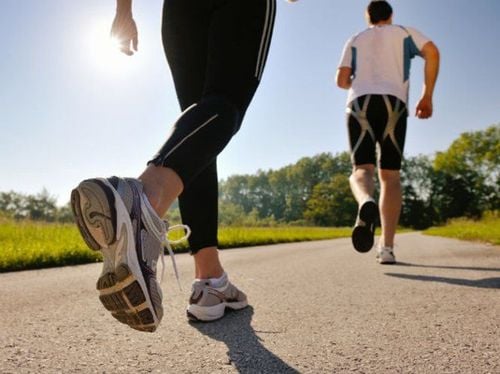
Theo một báo cáo năm 2017, 10 phút đi bộ nhanh mỗi ngày có thể giúp những người không vận động hoặc ít vận động đạt được mức cân nặng hợp lý
2. What is the ideal pace, benefits and calories burned of brisk walking?
The term "walking briskly" sounds a bit vague. To help reinforce exactly what a brisk walk means, there are several ways to measure a runner's speed to make sure they're actually walking fast enough. The following three criteria are also ways to evaluate the effectiveness of a brisk walking exercise:2.1. Target Heart Rate One way to determine if a person is walking fast enough is to measure their heart rate. A safe target heart rate for exercise for most adults is between 50 and 85 percent of that person's maximum heart rate. Exercising with a target heart rate means we're getting the most out of our workouts. According to the American Heart Association:
A person's target heart rate when he or she engages in moderate-intensity exercise is about 50 to 70 percent of their own maximum heart rate. A person's target heart rate when he or she engages in vigorous activity is about 70 to 85 percent of their own maximum heart rate. So, the question is, what exactly is a person's maximum heart rate, and how is it determined?
A person's maximum heart rate is calculated by subtracting their age from 220 beats per minute (bpm) at the time. For example, for a 40 year old person, their maximum heart rate would be 220 - 40 = 180 beats per minute.
Then to find out your target heart rate range we need to do the following:
For the lowest of a person's target heart rate, multiply the person's maximum heart rate reading by 0 .50 (50 percent). For example, for a 40 year old, it would be 180 bpm x 0.50 = 90 bpm. For the peak of a person's target heart rate, multiply the person's maximum heart rate reading by 0.85 (85 percent). For example, for a 40 year old, it would be 180 bpm x 0.85 = 153 bpm. For this person, their target heart rate for walking would be between 90 and 153 beats per minute.
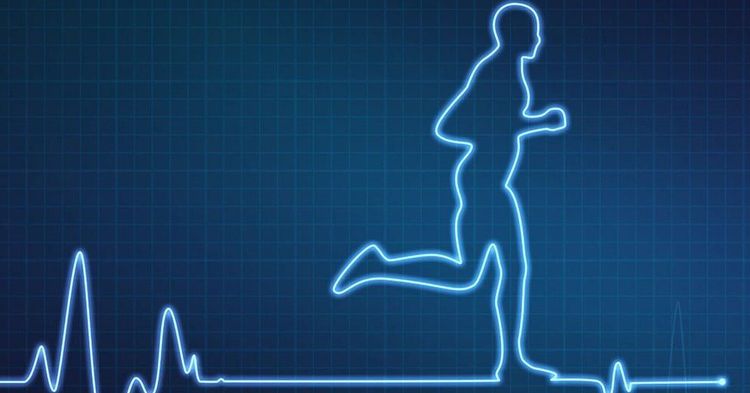
Một cách để xác định xem một người có đang đi bộ đủ nhanh hay không là đo nhịp tim
Place the tips of the index and middle fingers on the inside of the left wrist until we pulse can be felt. Do not use your thumb to measure pulse, as each person's thumb has its own pulse rate. This can cause us to read incorrectly. Look at your watch or stopwatch and count the number of beats you feel with your fingertips for 30 seconds. Once the result is obtained, multiply the number by 2 to calculate the heart rate per minute. So, for example, if a person counted 55 beats in 30 seconds, their heart rate would be 110 beats per minute (55 x 2). 2.2. Steps Per Minute Another way to measure your brisk walking pace is to count your own steps. A study published in the British Journal of Sports Medicine found that if a person can walk at least 100 steps per minute, it proves they are walking fast enough to reap significant benefits in terms of fitness. physical. Using a fitness tracker can help us track our steps and our walking speed.
2.3. The proven Third Way talking test that can determine if a person is walking fast enough doesn't require any math. Instead, to measure his or her pace, the performer begins saying while walking:
If a person can talk comfortably with little difficulty breathing, they are probably walking at a moderate pace. right but fast enough to count as brisk walking.
If a person cannot talk easily because he is out of breath, the pace may be very fast and the person may slow down.
If a person can sing loudly while walking, that pace may be too slow to be considered brisk walking. In this case, they need to accelerate to meet the pace of brisk walking.
2.4. Brisk walking frequency The American Heart Association recommends about 150 minutes of moderate-intensity exercise or 75 minutes of vigorous activity per week. If we follow the recommendation of exercising at a moderate pace for 150 minutes per week, then a reasonable goal would be to walk briskly for 30 minutes a day, 5 days a week.
If you don't have the time or fitness to walk 30 minutes at a time, you can break it up into three 10-minute walks or two 15-minute walks a day. They should also spread activity throughout the week and walk for at least 10 minutes at a time.
While 150 minutes of moderate-intensity exercise is a good goal to do each week, we'll get even more benefits from walking briskly for longer periods of time.
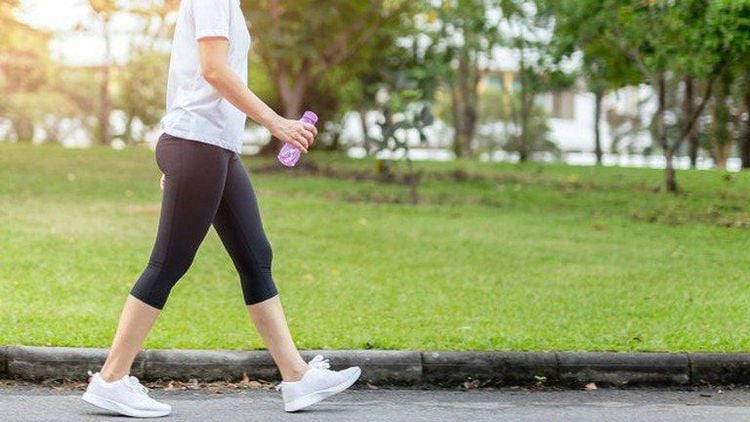
Nếu không có thời gian hoặc thể lực đi bộ 30 phút mỗi lần, người tập có thể chia nhỏ thành ba lần đi bộ 10 phút hoặc hai lần đi bộ 15 phút mỗi ngày
Body weight Age Sexual problems Muscle mass in the body Intensity of exercise How long to work out To burn more calories, basically we need to increase the speed as well as the walking distance. For example, a person will burn more calories if they walk at 6.5 kilometers per hour for 35 minutes than if they walk at 5 kilometers per hour for 20 minutes.
Walking at a brisk pace, even just 10 minutes at a time, can benefit our health and well-being in many ways. By promoting blood flow, brisk walking can improve heart and lung health. It can also reduce the risk of many health problems and help us control our weight. In addition, brisk walking can improve brain function, increase energy, reduce stress and improve sleep.
Please follow the website ( www.vinmec.com ) for more information on health care instructions, which we will update regularly.
Please dial HOTLINE for more information or register for an appointment HERE. Download MyVinmec app to make appointments faster and to manage your bookings easily.
References: healthline.com, granolasoul.com, medicalnewstoday.com



